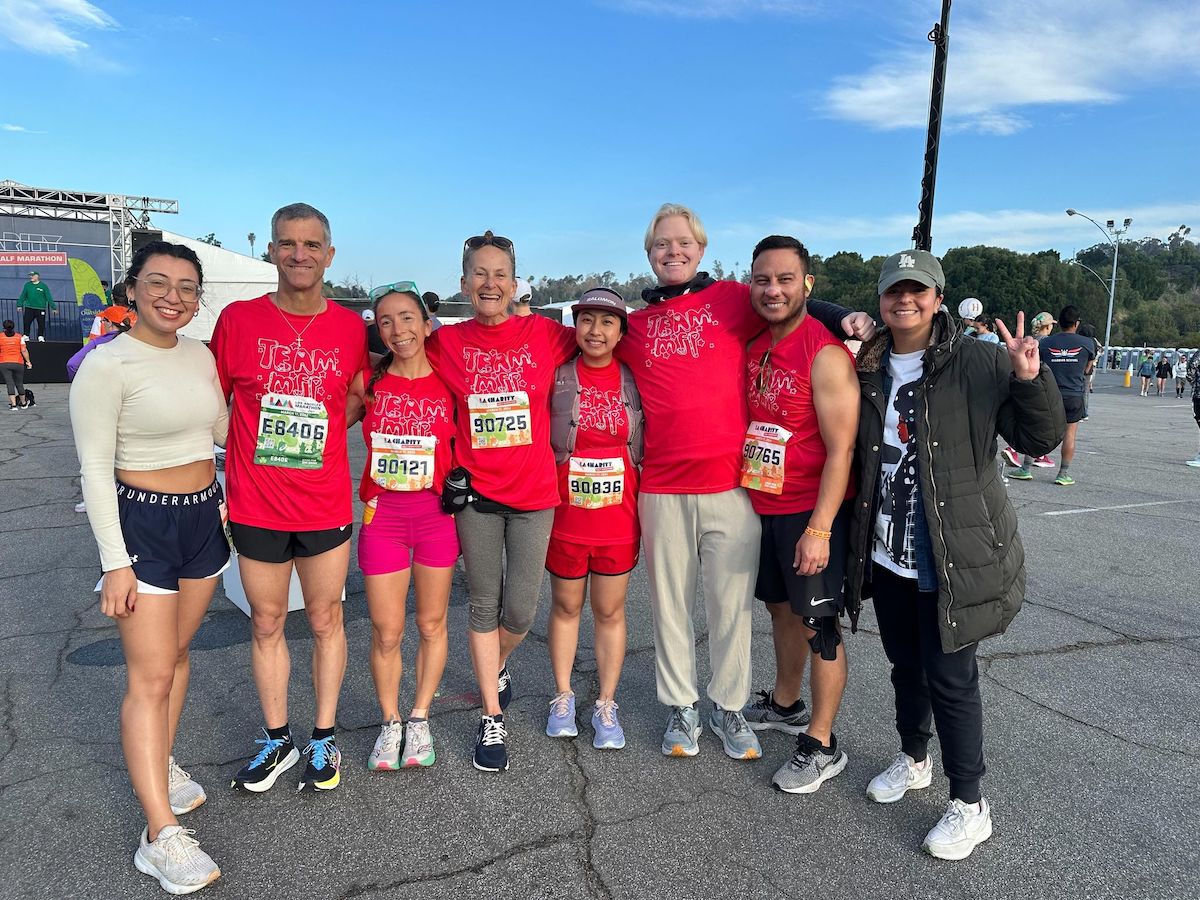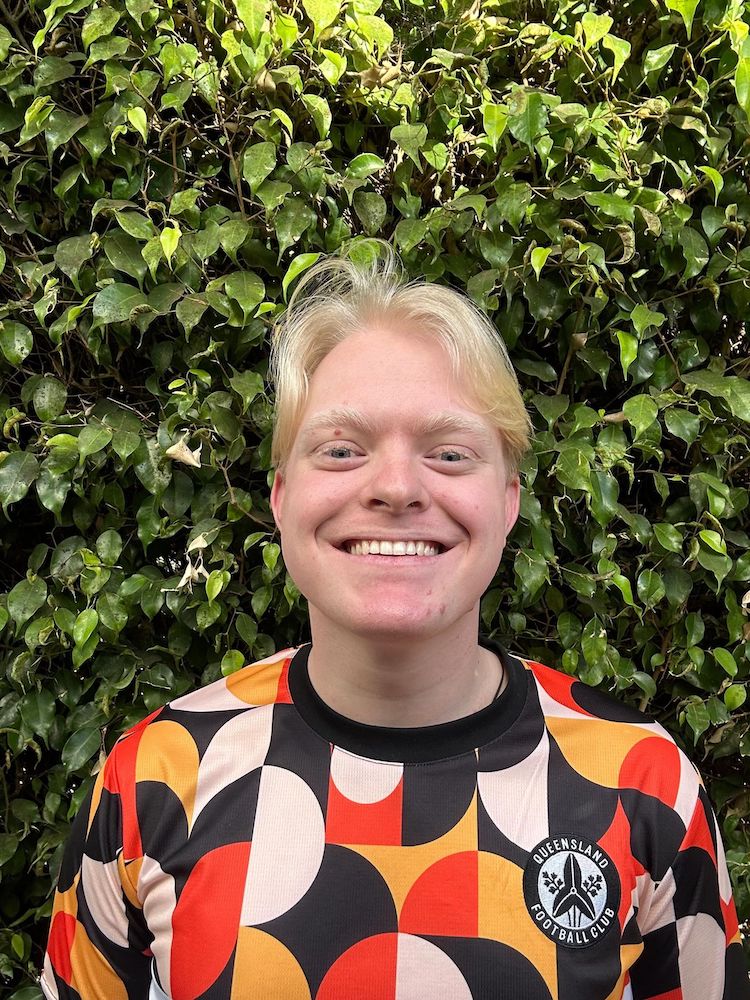Charlie Kaller Markham

Have you guys read The Giving List? If not, you should go check it out. Lots of great nonprofits featured in there. And I should know – I covered some of those stories. Three years ago, I was given the opportunity to interview the team at the National Disaster Search Dog Foundation. Fascinating! Of course, I had always had an interest in nonprofit work, just not so much the nonprofit sector as a whole. But The Giving List changed how I thought about philanthropy and motivated me to ask questions about how it operated as an industry. Along the way, I learned some important lessons about what it means to empower the community you want to serve, why getting the right information to do your job is not always simple, and the importance of keeping spirits high for nonprofit employees. Here to talk to us about these themes is Charlie Kaller Markham. An All Saints-by-the-Sea attendee and Laguna Blanca alum, Charlie recently graduated with his bachelor’s degree in Communication Studies from Pepperdine. Now working for a nonprofit in Los Angeles called My Friend’s Place, Charlie has enjoyed applying what he learned about human psychology during his major to work at his new job.

Q.How would you describe My Friend’s Place?
A. My Friend’s Place is a drop-in center for recently housed and unhoused young people who want to use our services. These services include showers, food, clothing, community space, workshops, case management, and health – but overall it is also just a place of love and joy in a way I didn’t know could exist before coming here. It is a really beautiful thing to see young people embracing their passions because they have finally been given a space to just hang out during the day. We try to be as open and accepting as possible here at My Friend’s Place, we don’t have a documentation requirement, you just have to be between the ages of 12 and 30, which is where the need was seen when My Friend’s Place was established in the ‘80s. When you come here, you’re not required to take a survey or listen to a class. If you just want to come and sleep on the couch during the day and get some food because that’s what you need, then we are here for you.
You said that the founders noticed a particular need for resources in this age range. How big is the need for a center like this in Los Angeles County?
We serve about 65 to 75 people per day, which ends up being about 1,000 people a year, because some people we see are repeat attenders. We are a very small organization in comparison to the rest of Los Angeles, so if we’re serving 1,000 people a year in our small building on Hollywood Boulevard, I could not imagine the capacity that is needed to serve the overall unhoused population in Los Angeles.
It is actually hard to say exactly how big the need is. Our organization took part in the Los Angeles Youth Count Survey, with the goal of counting the number of young, unhoused people in Los Angeles County. But it is hard to get the exact number, especially when the definition Los Angeles County uses for “unhoused” is incredibly narrow. If you have been housed in the past 30 days, such as living in a hotel or sleeping on a friend’s couch, that counts as housed according to the Los Angeles County definition. And of course that doesn’t really mean someone has stable housing! We actually have a team at My Friend’s Place whose job is all about collecting data, which is really, really cool. On top of the Los Angeles Youth Count Survey, we collected additional information so we can try to capture those people who might not get picked up by other county-wide surveys, so we can use that information and provide services that better fit the actual need in our area.
I have heard this a lot – that sometimes you spend a great deal of time working against certain systems in order to serve a specific community. When I interview people who work in nonprofits, I am reminded that the work can be a true mix of joy and of frustration. Has this been your experience?
It is very easy to get tied into the emotions and relationships of such direct nonprofit work. Our organization is a drop-in center, so we often see the same people every single day. It is different from what you might do in corporate America, where you open your computer at the beginning of the day and leave it in the office when you go home. There are parts of nonprofit work that will stay with you after you leave the office. I know I have experienced some anxiety in my short time here wondering how the people who come into the center are doing and thinking about how my work affects their daily life. It is important to keep conscious and try to keep things separate in your life, not becoming too involved perhaps in your work. But it is also important to stay emotionally available and not completely shut off when you walk through the door in the morning. I think that is what I would say to people – that it is possible to get very, very drawn into your work when you’re in a nonprofit, and you need to make sure to take care of yourself otherwise you won’t be able to do the work long term.
That is another big theme that has come up when I speak to nonprofit employees. I have noticed so much talk about how to engage donors and external contributors, but it seems equally important that we are able to motivate and support the employees of nonprofits themselves so that their work is sustainable in the long term. Do you find your position to be motivating and supportive in that way?
Mine definitely is, yes. But when working in a nonprofit, this varies so much based on what your role is and who you interact with. I am in a position that has a lot of immediate gratification because I have daily interactions with people who contribute to our organization. I will accept clothing from a donor in the morning, and later on in the day, I see that clothing on a young person who uses our services. That is so real and present, to be able to point directly to this difference that has been made. We try our best to feedback to our contributors with letters explaining our work and showing the impact of what they have given. But for roles within our nonprofit, some people might not get to see the immediate impact of their work. A coworker told me about a letter she had sent out asking for clothing donations and said she wondered if it had an impact. And because of the position I have I was able to tell her that we went from having empty bins to containers overflowing with clothing. But she wasn’t able to see this because she works remotely.
It makes a really big difference doesn’t it! Do you think we’re going to see a shift towards engaging all the different people who work with a nonprofit in the same way?
Absolutely! A big trend right now in nonprofit work is that galas are going out of style because they represent an old-world style of fundraising that is essentially getting a bunch of wealthy people together to pool money. And I’m sure this has helped a lot of people. But why not get everyone you’re working with in the same room? I have had some really good experiences with that here at My Friend’s Place. Back in December we had a holiday party where some of our board members came by and got to interact with the people they serve every week, which is really cool and a good experience for everyone involved I think. That way we all feel as though we’re working together.
At My Friend’s Place, we try to focus on something called community-centered fundraising. Community-centered fundraising basically says: “Hey, we all have this inherent worth as humans, shouldn’t we try to cultivate that together?” And I think that is a really good way to look at things, and it is especially important to include everyone in that effort – employees, donors, and the communities we serve.







You must be logged in to post a comment.